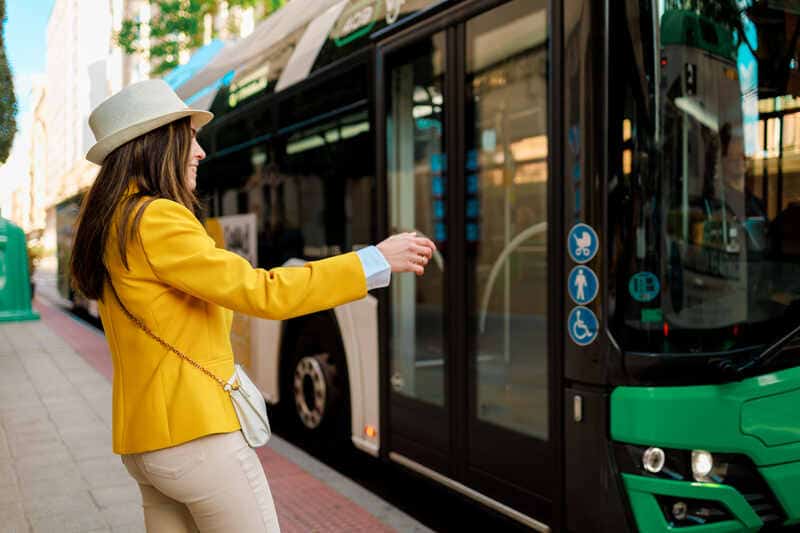The Struggle to Stand Out in the Modern Advertising Landscape
In today’s cluttered digital marketing environment, brands are vying for consumers’ limited attention spans. Online ads get blocked, scrolled past, or simply ignored, leaving marketers searching for ways to break through the noise. Traditional billboards are costly, and their effectiveness diminishes as drivers grow accustomed to them. If your brand is looking to capture a wide, diverse audience in a creative, high-impact way, what is transit advertising? It could be the solution you’re seeking.
What is Transit Advertising?
Transit advertising refers to the practice of placing ads on or inside various forms of public transportation and in high-traffic transit hubs. From buses and taxis to trains and subways, these mobile ads offer a powerful opportunity to engage audiences on the go. Transit advertising also includes station posters, transit shelter ads, and even full train wraps.







